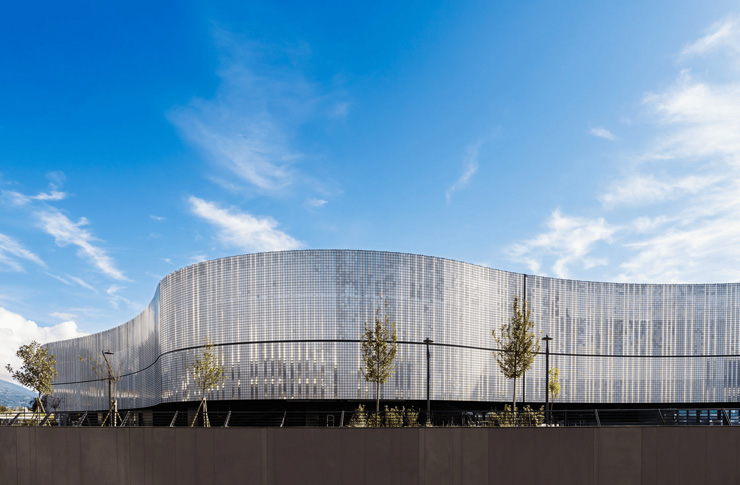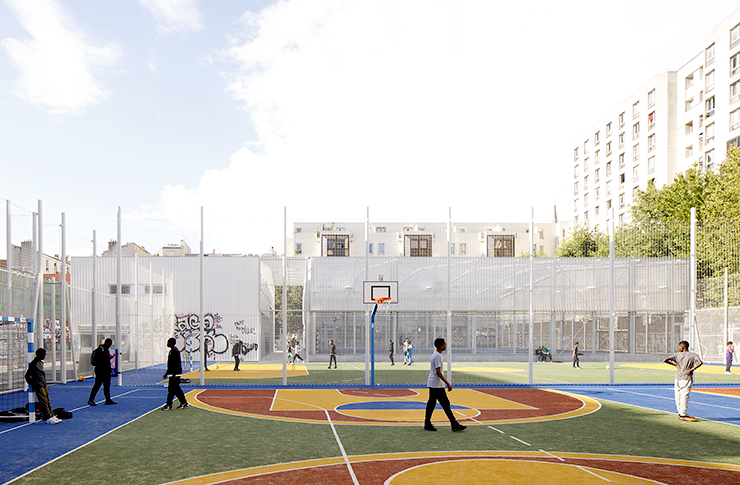Sustainable Designing Special Report – 5. As part of an increasingly evident effort to stimulate a conscious design of the new generation of stadiums, FIFA (football’s highest international body) has dedicated an important part precisely to sustainability within the recent 2023 edition of its ‘Football Stadium Guidelines’.
Sustainability in the new FIFA Guidelines
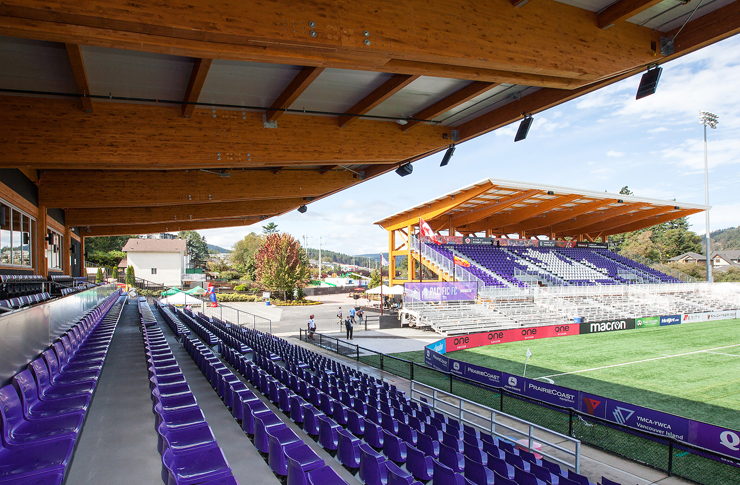
The Westhills Stadium in Langford, Canada (ph. Jacqueline Downey)
In the new Guidelines, FIFA starts from three pillars that can set a standard: eco-sustainability and respect for the environment; social development; economic development.
The first point is considered fundamental and promotes a design of sports facilities that must increasingly dialogue with the natural environment, being less impactful in matters of materials and emissions and manageable in the long term.

It is no surprise that one phrase stands out above all others: “One of the most important decisions a stadium developer can make is whether to build at all”.
This leads FIFA’s approach to reasoning about the future of sports facilities, the so-called ‘legacy’, and how they can be optimally managed in the long term.
Some key questions that must guide the pencil and the planners’ choices are also emphasised. What will be the environmental impact of the new stadium and how much CO2 emissions will it produce because of the material it is built with? Can I build a truly ‘green’ stadium?
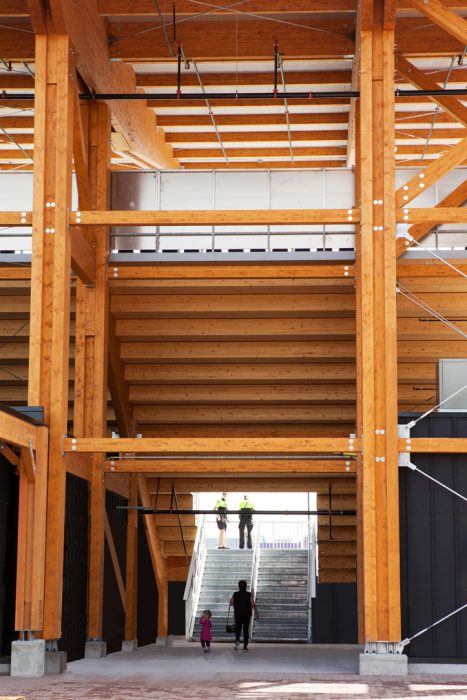
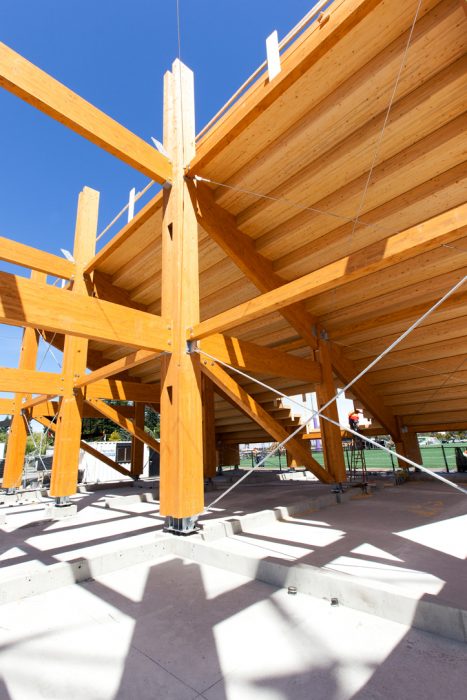
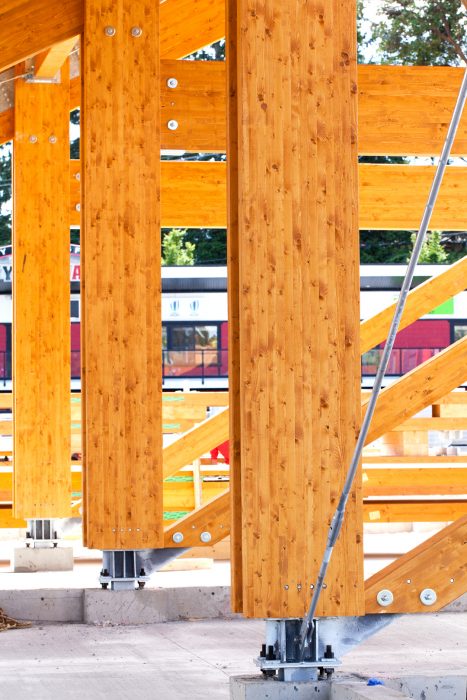
He gives the example of a small, but virtuous, facility completed in 2019 in the small town of Langford, Canada: Westhills Stadium, the first stadium in the world to have at least one grandstand made entirely of glulam.
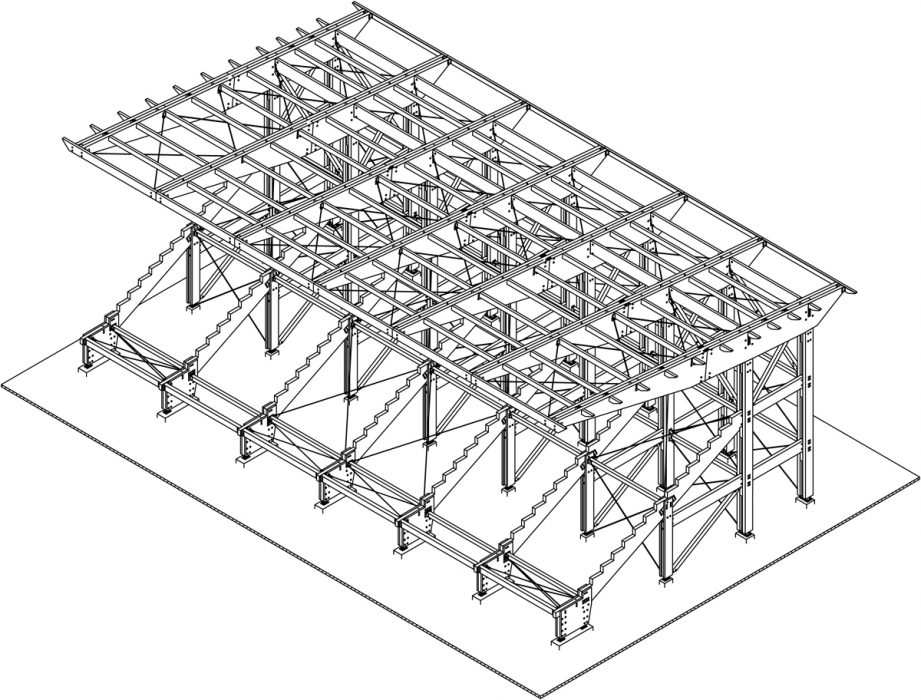
We would like to thank Rubner from Brixen (Bz), Europe’s leading company in large and highly complex glulam constructions, for the documentation. For site photos: courtesy Bear Stadiums.
The other topics of the Sustainable Designing Special Report:
- 1 – The limits to growth and the sustainable designing
- 2 – Minimum Environmental Criteria for Designers
- 3 – The climate crisis: mitigation and adaptation
- 4 – Venice 2023: from architecture to art, climate in evidence
- 6 – The sustainability of sports facilities.
- 7 – Large North American sports facilities
- 8 – Aarhus + Forest Green Rovers: a vision of environmentally sustainable stadiums
- 9 – Parma: complementary spaces for the Anna Frank School.





